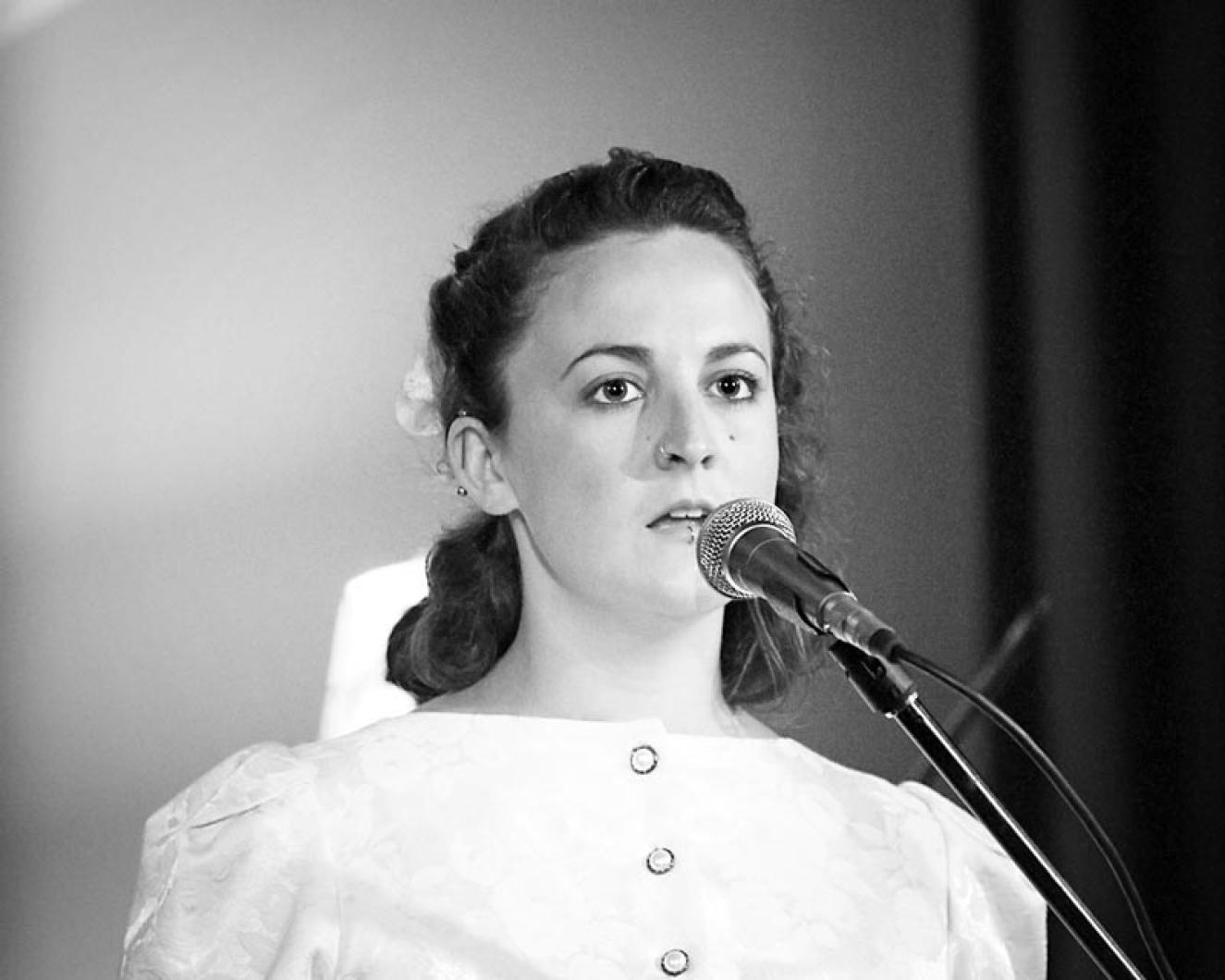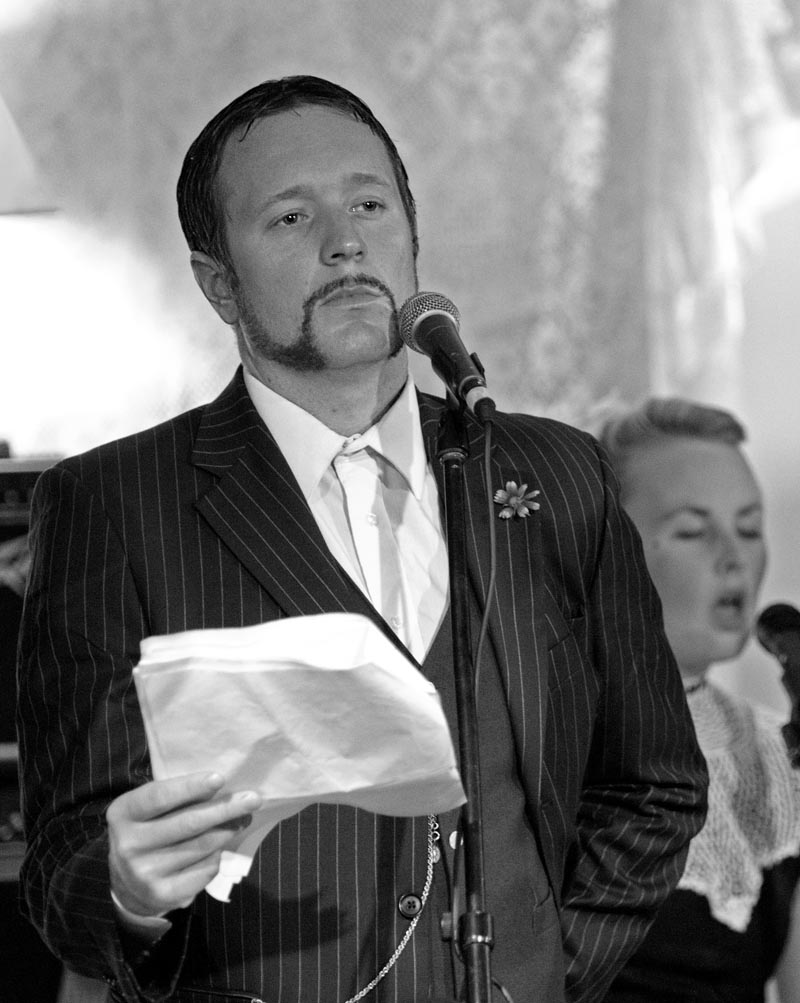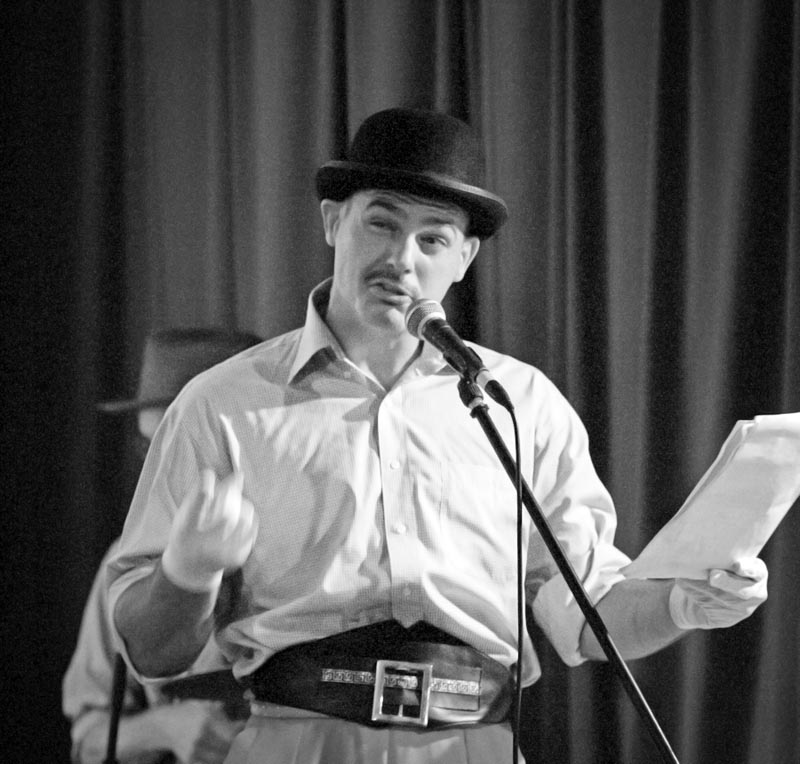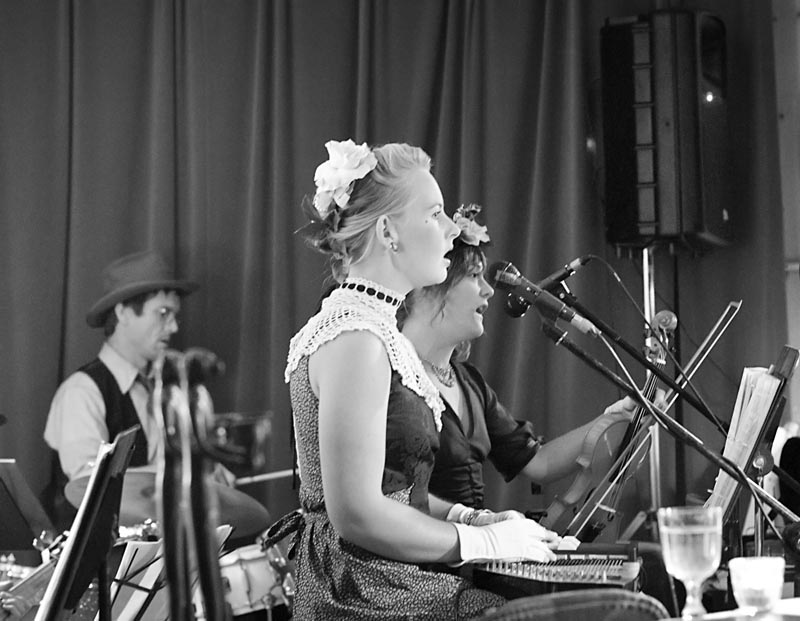After clown school shut down unexpectedly, May Oskan was a little lost and rather bitter.
“The floor went out from under me... I didn’t have my community, teachers or classmates,” said Ms. Oskan of her time at the San Francisco Circus Center. “I didn’t have my tightrope or anything to juggle. I was a clown with no circus.”
Always one to be involved in a project, Ms. Oskan knew she had to do something big.
“And I knew I didn’t want it to be funny,” she added with a laugh.
A random Google search helped Ms. Oskan marry her admiration for circus folk with her desire for a solid, sad story. The search engine helped her discover wolf-man syndrome, technically known as hypertrichosis and in particular Julia Pastrana, a mid-1800s bearded woman. Ms. Pastrana was an indigenous woman from Mexico born in 1834. She was purchased by Theodore Lent who then toured her throughout the world as a human oddity.
Ms. Oskan decided it was time to bring Ms. Pastrana back to life in the form of a rock opera called Ape Woman, which she both wrote and directed. With some of the Vineyard’s best musicians and actors on board, including Ms. Oskan’s two sisters, Nina Violet and Marciana Jones, what was supposed to be a “dry run” last week became standing-room only performances at the Pit Stop Workshop on Wednesday, Thursday and an additional show on Saturday.
Before performances the crew prepared at the house of Michele Jones, Ms. Oskan’s mother.
“Everyone brought so much enthusiasm and commitment and said yes so loudly,” said Ms. Oskan of the cast. “It just got bigger and bigger and suddenly I’m taking the lace canopy down off my mom’s bed saying ‘Uh, I’ll return this later, I’ve got to staple it up on the wall.’” In addition to the lace canopy, most of Michele Jones’ living room became part of the set decoration for the play. Ms. Oskan also asked the musicians and actors to dress the part of the era. “I was like, be a little formal, a little Victorian, a little circus-y, wear some stripes, I don’t care, it’s just a thing,” said Ms. Oskan. Justin Taylor, who played the sideshow barker, chose a pair of waist-high, red women’s pants he salvaged at Dump-tique. Ms. Violet added white petite gloves and a little black hat garnished with flowers to her costume.
“It was my first indicator that people might actually like this. If the actors are getting that excited about it, I felt like the audience might, too,” said Ms. Oskan.
Rob Myers finished off his costume with a sleek, black vest and a western hat that was a little too snug.
“I’m not Rob, I’m R. Krenson, the circus drummer,” he said. “Circus people always take on different names... and I got so into that world, I needed something to lighten it up.”
Mr. Myers was one of the six musicians orchestrating the tale of the Ape Woman with a balance of jazzy rock tunes and soft, eerie ballads. “I had tears running down my face during rehearsals,” said Mr. Myers.
“Yep, we did some crying,” said Ms. Oskan.
When the show began on Saturday night the audience immediately grew quiet as the band walked onto the stage with their heads down, dressed in their now eloquent Victorian outfits.
Julia, played by Ms. Oskan, entered the stage after a freakish description of her had been delivered by the sideshow barker played by Mr. Taylor. The shriek of Ms. Violet’s viola along with the band’s graceful explosion announced her.
Ms. Oskan’s rock opera chronicles the entire tragedy of Julia Pastrana from her ambiguous childhood and sale and marriage to Theodore Lent, to the birth of her son, untimely death and later embalmment. The songs intertwine with spoken word from four actors: the exaggerated sideshow barker, the matter-of-fact doctor, the heartless Theodore Lent and the sympathetic Hermann Otto. The show combines the solemnnity of a funeral and the theatrics of an old-time radio show where none of the characters on stage interact with one another.
Ms. Oskan used simple yet heavy lyrics, such as the repeating words “it’s amazing what you can get used to,” sung softly to a ukulele and piano while the actors take turns describing Julia as “a distinct species,” “the nondescript,” or “the ape woman.”—anything but human.
During the story Julia gives birth to a boy, also covered in thick black hair, who dies only days after his birth. Soon after Julia dies from what doctors described as postpartum complications. Mr. Lent has the bodies of his wife and son embalmed, which he then displays in a glass coffin to continue exhibiting around the world. Later he finds Marie, another Ape Woman, whom he also buys and marries. But at end of the play, Marie avenges Julia by committing Mr. Lent to an insane asylum.
“I couldn’t have written it better than it happened,” said Ms. Oskan of the odd-but-true story.
And while Julia’s story is a bit extreme, Ms. Oskan believes it is quite relatable.
“She’s a woman, she’s an indigenous person, she’s an immigrant, she’s technically disabled... all of these different aspects resonate with so many groups of people,” she said.
Michele Jones played guitar during the show and admitted that she cried during every performance.
“We have all become emotionally involved with the story and have come to love Julia,” she said. “We’ve all been in situations where perhaps we’ve been exploited or suppressed in some way.”
Ms. Oskan, who will be moving back to San Francisco in mid-September, plans to take the show on the road with her, hoping to have as many original cast members as possible.
“A really great writing teacher of mine once told me that in order to know what people think of your work, you have to show it to somebody who doesn’t love you,” said Ms. Oskan. “So that’s the next step.”










Comments
Comment policy »